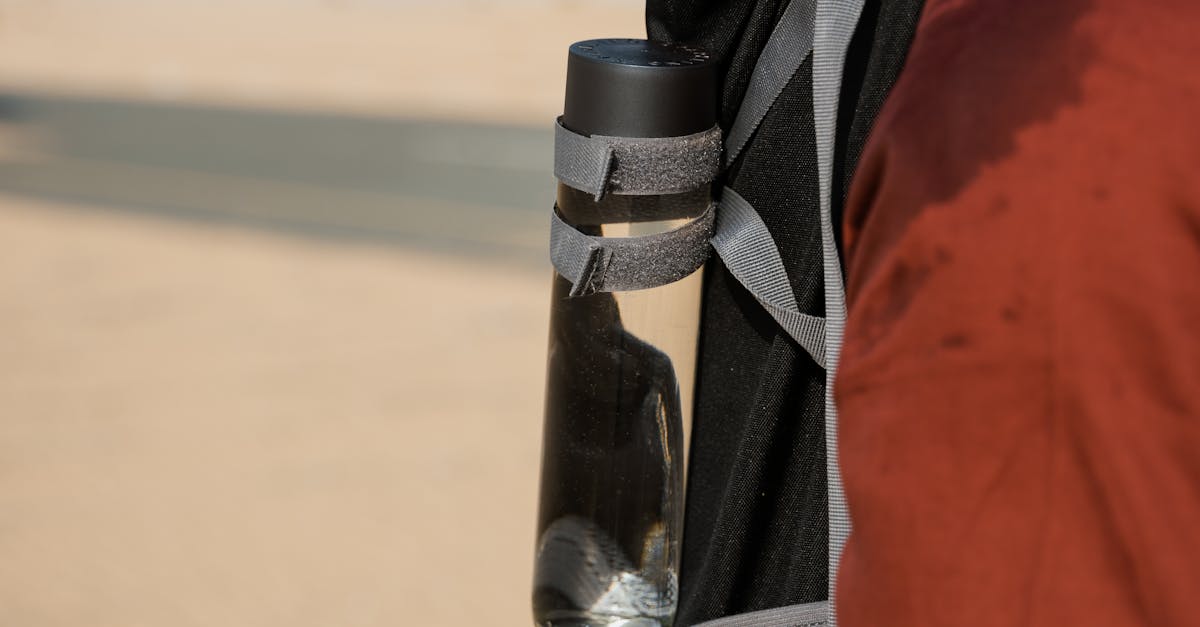
Table Of Contents
Tools Needed for Replacement
When preparing to replace a heating element in a hot water tank, having the right tools on hand is essential for a successful job. Basic tools such as a socket wrench, a screwdriver, and an adjustable wrench are necessary for removing the old element and installing the new one. Additionally, a multimeter can help you test the new element and ensure it functions correctly. Depending on the specific setup of your hot water heater, you may also need a pair of pliers to manage any plumbing connections.
For those considering a DIY approach, safety equipment like gloves and safety goggles is crucial to protect against any injuries or accidental splashes. If you're uncomfortable with the process or lack the necessary tools, hiring a hot water plumber can save time and guarantee a proper installation. This professional can also provide tips on maintenance to prolong the life of your hot water system.
Essential Equipment for the Job
When replacing a heating element in a hot water tank, having the right equipment is crucial for a successful installation. Basic tools include a socket wrench, a screwdriver, and a multimeter to check electrical connections. Additionally, a garden hose is essential for draining the tank before beginning the replacement process. Safety gear such as gloves and goggles should also be used to protect against potential hazards.
A hot water plumber may also recommend using a pipe wrench for loosening fittings and a voltage tester to ensure the power is off before work begins. A bucket can be helpful for catching any residual water that may spill during the process. Whether you are a seasoned DIY enthusiast or a newcomer to home repairs, ensuring you have all necessary tools at hand will make the task go more smoothly.
StepbyStep Guide to Replacement
Before beginning the replacement, turn off the power supply to the hot water tank to ensure safety during the process. If the unit uses electricity, locate the circuit breaker and switch it off. For gas units, turn off the gas supply. Next, drain the tank by attaching a garden hose to the drain valve and directing it to a suitable drainage location. Allow the water to cool for at least an hour before proceeding.
Once the tank is empty, remove the old heating element. Use a wrench to unscrew the element from its mounting. Before installing the new element, inspect the sealing surface for any debris and clean it if necessary. Apply plumber's tape to the threads of the new heating element for a secure fit. After correctly positioning the new element, tighten it down and reconnect the electrical wiring, referring to your hot water plumber for guidance if needed. Once everything is securely in place, refill the tank and restore power or gas supply.
Detailed Instructions for DIY Enthusiasts
Before starting the replacement of a heating element, ensure you have all necessary tools on hand. This typically includes a multimeter to test the old element, a socket wrench for removing the element, and a bucket to catch any residual water. It’s crucial to turn off the power supply to the water heater and shut off the cold water inlet. Working with electricity and water can be hazardous, so take safety precautions seriously.
Once preparations are complete, begin by draining the tank to avoid spills. Use the socket wrench to remove the faulty element carefully, noting the orientation for the new one. Before installing the new heating element, it’s wise to check the connections and replace any worn seals. If the task feels overwhelming or if uncertainties arise during the process, consulting a hot water plumber can provide peace of mind. They can ensure the work is done efficiently and safely.
Hiring a Professional Plumber
When considering the replacement of a heating element in a hot water tank, hiring a professional plumber can save time and ensure the job is done correctly. A qualified hot water plumber has the necessary expertise and experience to handle various issues that may arise during the replacement process. They can quickly diagnose problems that a DIY enthusiast might overlook and provide efficient solutions to restore your hot water supply.
Working with a hot water plumber typically involves an initial consultation to assess the situation and provide an estimate for the work needed. During the service, the plumber will ensure that all safety protocols are followed, minimizing risks associated with electrical components and water pressure. This level of professional oversight can give homeowners peace of mind, knowing that the replacement will meet current codes and standards.
What to Expect from the Service
When you hire a hot water plumber to replace a heating element in your hot water tank, you can expect a thorough inspection of the system first. The plumber will assess the existing conditions and help identify any additional issues that could affect the heating element or the overall performance of the tank. This initial evaluation allows for a better understanding of the necessary repairs and any potential costs involved.
Once the assessment is complete, the hot water plumber will proceed with the replacement. This typically involves draining the tank, removing the old heating element, and installing a new one. After the installation, the plumber will test the system to ensure it operates correctly and that hot water is restored. They should also provide recommendations for ongoing maintenance to prevent future issues.
FAQS
What is the average cost to replace a heating element in a hot water tank?
The average cost typically ranges from $150 to $300, including both parts and labor, but prices may vary based on location and specific circumstances.
How long does it take to replace a heating element in a hot water tank?
Replacing a heating element usually takes about 1 to 2 hours, depending on the experience level of the person performing the replacement.
Can I replace the heating element in my hot water tank myself?
Yes, if you have basic plumbing skills and the right tools, you can replace the heating element yourself, following a step-by-step guide. However, ensure you turn off the power and water supply before starting.
What tools do I need to replace a heating element in a hot water tank?
You will need a few essential tools, including a socket wrench, a screwdriver, a multimeter for testing, and possibly a bucket to catch any residual water.
What should I do if my hot water tank continues to have issues after replacing the heating element?
If issues persist after replacing the heating element, it may be best to consult a professional plumber to diagnose any underlying problems with the hot water tank.



















